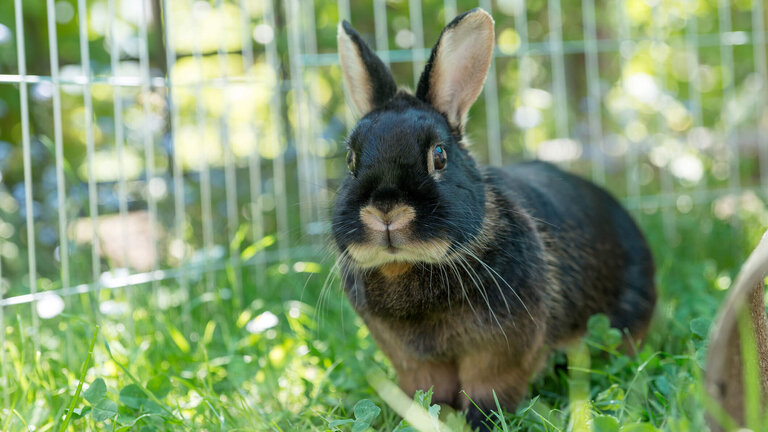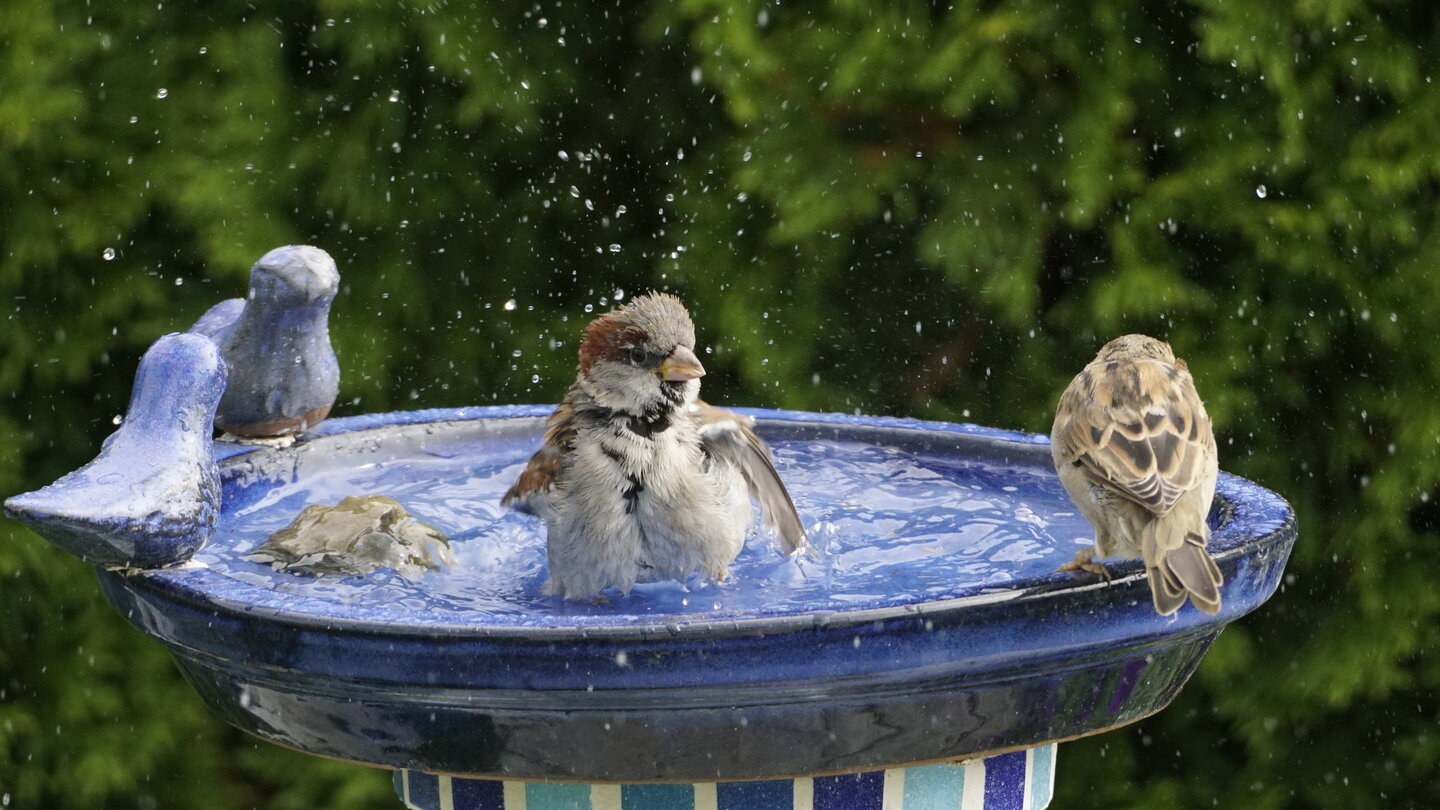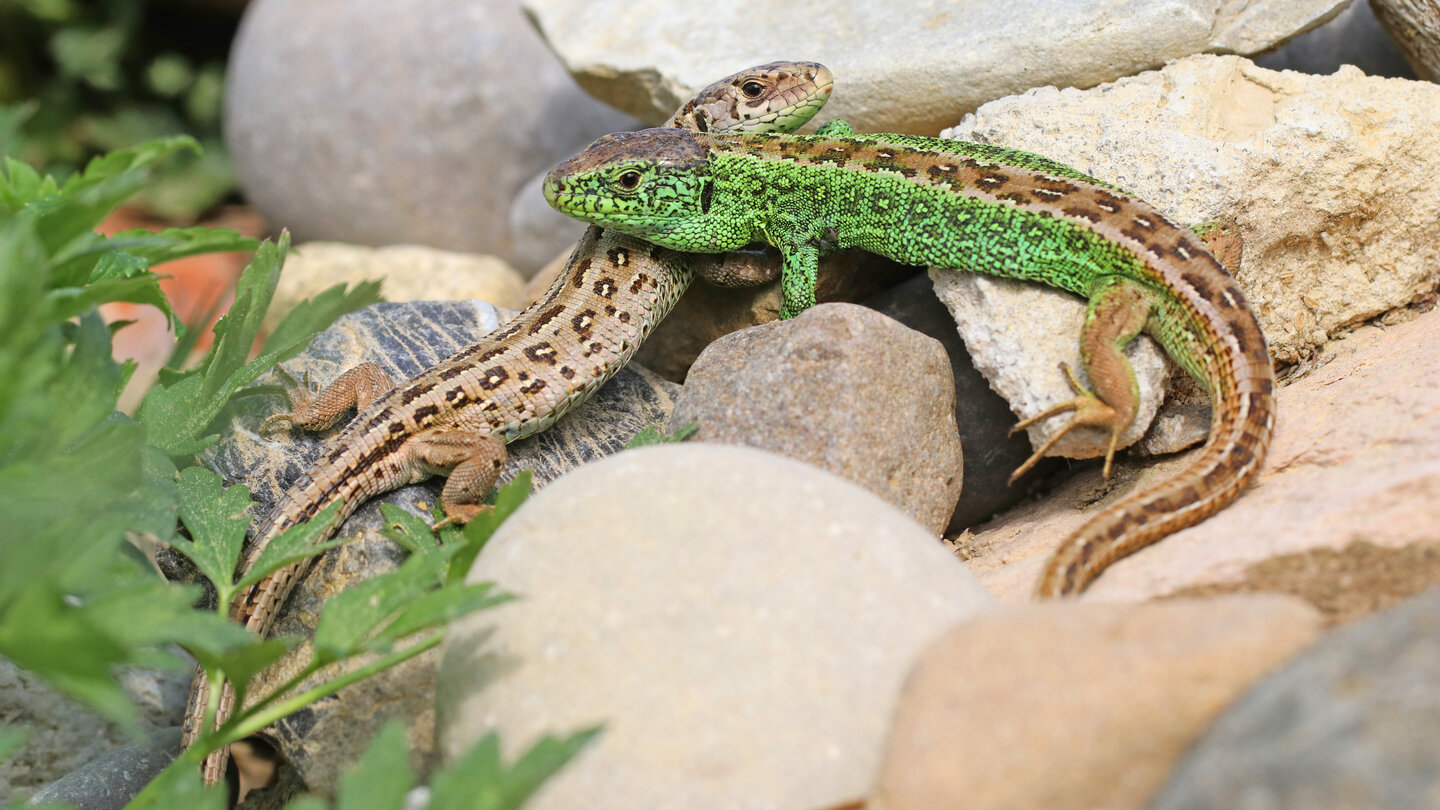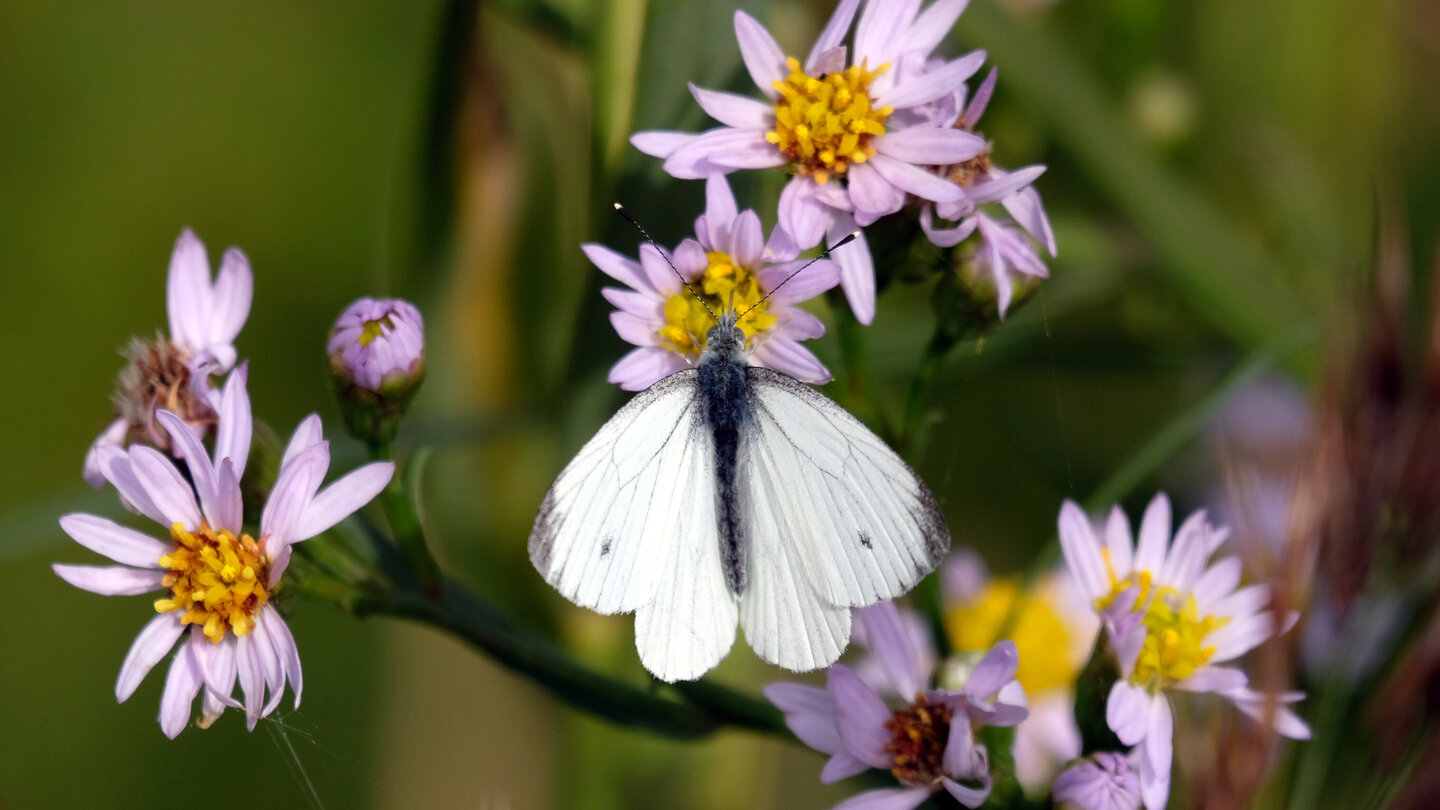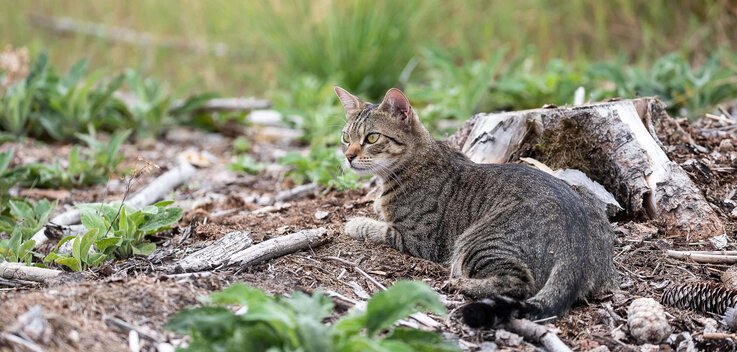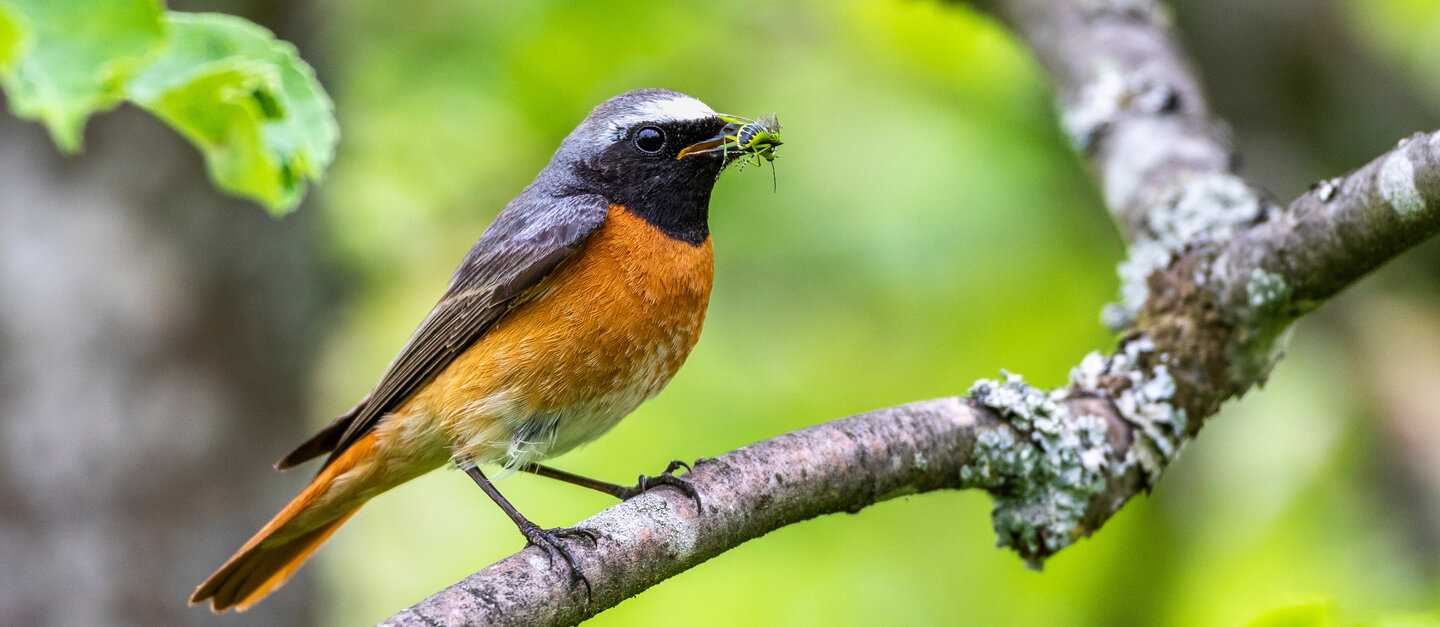

Piles of leaves, water troughs and co. Tips for an animal-friendly garden from Nadine Carstens
The natural habitat of numerous animal species is shrinking due to intensive agriculture, gravel gardens and other pressures. This makes it all the more important for us humans to rethink and offer animals a place of refuge. We show you how to transform your garden into a true paradise for birds, hedgehogs, bees and the like.
Birds that delight us with their song early in the morning. Hedgehogs search for insects in a pile of leaves in one corner, while bats live in an old tree hollow next door. A little further on, bumblebees and butterflies fly from flower to flower, busily collecting pollen. Animal lovers don't have to go to a park or nature reserve to experience this. If you have a garden, you can observe all these animals up close and offer them a natural oasis where they can find food as well as places to hide and nest.
Such refuges are extremely important for the animals - whether in the city or in the countryside. In view of intensive agriculture and forestry, sealed surfaces and renovated buildings without any niches, the habitats of numerous animal species are increasingly disappearing. However, you can help them with the following tips for an animal-friendly garden. You are guaranteed to attract numerous birds, butterflies, lizards and squirrels to your garden and thus make an important contribution to animal welfare.
Native shrubs and wildflowers instead of exotic ornamental plants
Animals feel particularly at home where they can find plenty of food. Birds, squirrels and insects therefore love near-natural gardenswith a variety of native plants. These offer them not only berries, nuts, seeds and pollen, but often also places to hide. Many tend to give exotic ornamental plants and double flowers a wide berth. Even if they are eye-catching, forsythia, geraniums, peonies and hydrangeas, for example, are unpopular with bees as they hardly produce any nectar or pollen or are difficult for insects to reach due to their flower architecture. Birds are also picky and do not like ornamental cherries, palms or rhododendrons, for example, because they find little food there.
Popular shrubs & wildflowersThis is very popular with insects, birds and squirrels

e.g. apple, pear, cherry or plum trees.
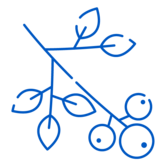
e.g. mountain ash, common rock pear, cornelian cherry, peony, sea buckthorn, sloe, black elder, holly, wild rose and hawthorn.

insect- and therefore bird-friendly flowers, e.g. lavender, vanilla flowers, chamomile, lobelia, coneflower, heather, kitchen sage, musk mallow, wild carrot, indigenous lilac species, delphinium or male fritillary.

such as blood cranesbill, thistles, meadowsweet, sweet garmander, mullein, sweet clover and chicory.
Courage to grow wild and disorderly
Perfectionists need to be strong: Because animals prefer disorder to a neat and tidy garden with a short lawn. "To make the animals feel at home, amateur gardeners should create wild corners in their garden. You can leave leaves lying around, create piles of wood or brushwood and don't have to remove every weed," recommends Katrin Pichl, wildlife officer at the German Animal Welfare Association. This attracts insects and in turn birds, hedgehogs, bats and lizards, which feed on them. At the same time, various animal species also find places to hide, nest and hibernate. Hedges and climbing plants such as ivy, wild vines and hops also offer birds and insects welcome shelter and suitable breeding grounds.
However, if you don't want too much overgrowth in your own garden and want to prune the hedges and climbing plants in spring, you should keep an eye out for bird nests, young birds and other animals. If necessary, the work must be postponed until the animals have moved out. In any case, according to the Federal Nature Conservation Act, it is forbidden to prune hedges and shrubs heavily between March 1 and September 30. Only minor "beauty corrections" are permitted to bring the plants back into shape. Meanwhile, lizards and slow worms are happy to have piles of stones to hide in. To serve butterflies, bumblebees and the like a sumptuous buffet, you can replace the English lawn with millimetre-short blades of grass with colorful wildflower meadows and fragrant herb beds.
Insect hotels: useful or not?
Many people are concerned about the dramatic decline in insects and want to support wild bees, butterflies and beetles. They often buy an insect hotelor nesting aid in a DIY store, for example - there is now a wide range of different models on offer. But if you really want to help the little pollinators and the like, you should take a closer look. In fact, many of these offers or processed materials are unsuitable. These include, for example, pine cones, straw, perforated bricks or improperly cut reeds, which can injure the flying insects. In general, only certain species of wild bees are attracted to insect aids and many other insects pay no further attention to them. However, nesting aids can be useful for the former, provided they are built appropriately and contain suitable materials. "Anyone can build an insect aid themselves with just a few materials," says Pichl. However, it is important to use materials such as these:
- hollow plant stems, for example made from reeds or bamboo
- plant stems filled with soft pulp on the inside, for example from blackberry and raspberry bushes, thistles or dog roses
- baked clay
- hardwood with clean holes drilled in it so that the insects cannot injure themselves on the edges
Water troughs for birds, hedgehogs & co.
Heat and drought are particularly hard on wildlife in summer. To prevent them from running the risk of dehydration, we can all help them quench their thirst and cool them down. Water troughs are a welcome place for birds as well as hedgehogs, squirrels and even insects. "It's best to provide several water points in quiet, ground-level but also elevated locations where the animals feel safe and cats, for example, cannot reach them," recommends Pichl. The water troughs should also not be placed near windows so that the birds don't fly into the panes, says the expert. "It is also important to clean the water troughs regularly and change the water daily to prevent bacteria and pathogens from multiplying in it." For this reason, the water baths should not be placed in direct sunlight.
For example, shallow bowls made of natural stone, unglazed ceramic, concrete, wood or clay are suitable. Pichl advises against glass, plastic or metal bowls, however, as the surfaces are too smooth and slippery and often become very hot. "If the water trough is a little deeper, it's best to put a few stones in it for the birds to stand on," adds Pichl. Garden owners can also use shallower water bowls for the insects and line them with moss, stones or twigs.
Garden pond as a drinking source and habitat
As an alternative, garden owners can also create a pond. This not only serves as a source of drinking water for animal guests, but also provides a habitat for frogs, toads and newts. "To prevent the little oasis from becoming a drowning trap, you should create ponds with a shallow bank so that the animals don't slip in when they try to drink," explains Pichl. "By also installing a ramp, you protect your pets and other small animals such as hedgehogs. A wooden board, for example, which you can provide with crossbars, is suitable for this. This reduces the risk of slipping and offers the animals more safety."
No insecticides or other poisons
It is best to avoid pesticides, insecticides and other poisons completely. This is because they endanger insects as well as birds and mammals. If you want to keep certain animals such as aphids, slugs or moles out of your garden, it is important not to use any products that are harmful to animals. Even if they are less desirable to many garden owners than sparrows, hedgehogs and the like, so-called pests also play an important role in our ecosystem. However, the following methods are gentler and still effective:
You can repelaphids by using lavender, garlic or onions between the cultivated plants. You can also help by attracting natural enemies such as birds, ladybugs and lacewings with lots of native plants.
Slugs and snails can be kept out with snail fences and walls made of dry sawdust, for example.
Moles are specially protected under the Federal Species Protection Ordinance and the Federal Nature Conservation Act. Instead of chasing them away, we should be happy about their contribution to a lively garden. If you are still worried about your lawn, you can drizzle a decoction of arborvitae, elderberry or garlic in small quantities into the aisles to encourage the moles to settle elsewhere instead of in the garden.
Caution with robot mowers
At first glance, robotic lawnmowers are very practical and save us humans work. But for animals such as hedgehogs, mice, frogs and lizards, they pose a great danger. Time and again, they are seriously injured by the sharp blades. Hedgehogs, for example, are not flight animals and curl up on the spot in case of danger. And because robotic lawnmowers do not recognize them as an obstacle, they are simply run over. If you still don't want to do without a robotic lawnmower, you should at least only let it run during the day and under supervision, as most animals come out of their hiding places at dusk. Also check the grass area as well as hedges and bushes before use. If in doubt, however, it is better to avoid such garden tools altogether.

